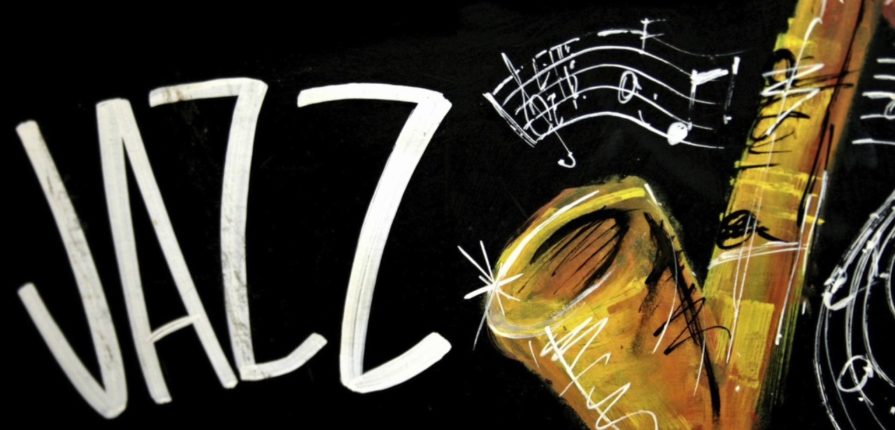There are many different schools of thought on how to teach or learn jazz improvisation. Some people recommend learning all the relevant scales and how they fit chord sequences, some recommend learning lots of established phrases, licks and patterns, some recommend just learning and playing tunes by ear. The best jazz improvisers often can’t explain the process.
November 27, 2017
There are some improvisers who know relatively little theory but have the rare gift of hearing the chord changes and automatically knowing what to play. For the majority, the best results come from a combination of hard study (private and tutored), lots of focussed practice, regular playing with other people and listening to the greats.
This section of the jazz pages became part of the Jazz Techniques Course at the University of Southampton. Learning to improvise jazz over chord changes can be quite intimidating at first. I recommend that once you understand some of the fundamental theory, it is a good idea to practice playing some simple modal patterns. At all times bear in mind that although it is essential to know the scales, you should be striving towards melodic playing, that the scales and modes are just a means to an end. After a while, you should be able to combine the simple modal two-chord sequences with other chords so that you can improvise over more exciting progressions.
For Beginners: Essentials of improvising – CHORD SYMBOLS
I often get asked by beginners why saxophone music often has chord symbols written above (or below) the staff, in other words, what are the chords for?
Answer: This shows the harmonic structure of the song. Usually the pianist, guitarist or rhythm section musicians will play an accompaniment to the tune based on this structure. Typically, after the initial statement of the melody (aka “head”), the rhythm section repeats this harmonic structure – while the soloist improvises something which fits the chord changes (aka “changes”) – and usually, end up with a final statement of the tune.
Improvising well can be very tricky. It is a speeded-up form of composing, and the skilled jazz (rock or blues) improviser should be able to make up vocal lines which not only “fit” the chords, but which also have some melodic interest and ideally some real shape and structure with tension, release, climaxes, etc.
How to make the improvisation “fit” the chords
Here we are going to look at some primary ways of making an improvised melody fit the chords.
- Chord notes Playing the chord tones as arpeggios or jumping from one chord, not to another. If you are not sure what chords are, this is a good time have a look at Jazz Theory for Beginners Part 1
- Scales As you know from that page, arpeggios are usually notes of a scale that are spaced apart, so by filling in the “missing” notes in between, you get a scale.
To begin the most crucial part of this is to learn the chord notes. Some jazz educators suggest you learn scales to go with chord symbols, but I recommend you know the chord tones well first, and then fill in the gaps to make up the scales (for reasons which I will make clear later).
There is much more to it than this, but before we get to some of the more” interesting” devices, we need to make sure that we grasp these two aspects very firmly.
—
This article is a re-post, with small modifications, of “Intro to Improvising Jazz” an article published on tamingthesaxophone.com by Pete Thomas.
Click here to visit the original content.


